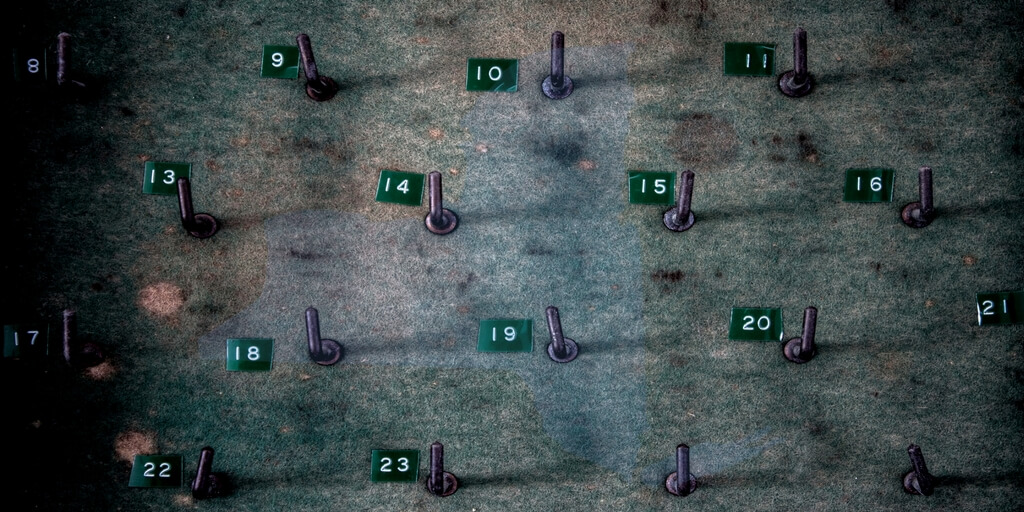In an earlier post I listed some of the most important numbers pertaining to federal (U.S.) labor and employment laws. This time we’ll look at the numbers that stand out specifically for New York employment law compliance.
[Go ahead and sign up for my monthly newsletter to make sure you receive additional updates, best practices, and other critical information regarding New York employment law.]
1 – Employee threshold for many employment laws
As with federal laws, many aspects of New York employment law apply to employers with as few as one employee. This includes State minimum wage/overtime, wage payment, worker’s compensation, disability benefits, paid family leave, and sexual harassment laws.
4 – New York Human Rights Law prohibits discrimination
New York employees of employers with at least 4 employees are protected by New York’s employment discrimination laws. This is a much lower coverage threshold than similar federal laws. They typically don’t apply until an employer has at least 15 or more employees. The New York Human Rights Law prohibits discrimination on the basis of age, sex, sexual orientation, religion, race, national origin, disability, and predisposing genetic characteristics. It also protects employees from discrimination based on familial status, marital status, military status, and domestic violence victim status.
6 – Statute of limitations for wage claims, in years
New York employees can file claims for unpaid or underpaid wages going back as far as six years. This is much longer than the 2- (sometimes 3-) year statute of limitations under the federal Fair Labor Standards Act.
8* – Annual New York Paid Family Leave allowance, in weeks
In 2018, eligible employees may take up to 8 weeks of leave under the New York Paid Family Leave Program. In 2019 the maximum leave period increases to 10 weeks. It increases again in 2021, to 12 weeks.
$10.40 – Minimum wage for Upstate employees
New York’s minimum wage requirements depend on geographic location and employer size. On December 31, 2017, the base minimum wage for all employees outside of New York City and Nassau, Suffolk, and Westchester Counties increased to $10.40 per hour.
18 – Age at which New York Human Rights Law begins to prohibit age discrimination
Unlike the federal Age Discrimination in Employment Act (ADEA), New York’s employment discrimination law prohibits age discrimination against employees in both directions. The ADEA only protects employees 40 years old or older from suffering adverse employment actions because they are too old. However, the New York Human Rights Law allows employees 18 or older to claim discrimination either because they are too old or too young.
20 – Weekly hours parameter for New York Paid Family Leave
An employee’s eligibility for New York Paid Family Leave depends on how many hours they are regularly schedule to work in a week. Employees regularly scheduled to work at least 20 hours per week become eligible once they have worked for their employer for 26 consecutive weeks. Employees regularly scheduled to work less than 20 hours per week become eligible once they have worked on 175 days for the employer.
25 – New York WARN notice triggering events
The New York State Workforce Adjustment Retraining Notification Act (WARN) requires employers to give written notice before mass layoffs, plant closings, and relocations that will cause employment loss for at least 25 employees, sometimes more.
30 – Minimum length of meal period for most employees, in minutes
New York labor law requires that all employees who work at least 6 hours in a shift (sometimes less) be off duty for a meal period of at least 30 minutes. Additional time may be required in some cases.
For more details, see Got Lunch? A Primer on the New York Meal Period Requirements.
50 – New York WARN covered employer
Non-governmental employers with 50 or more employees within New York State are potentially subject to New York WARN notice obligations.
90 – Days in advance New York WARN notices must be issued
This is longer than the federal WARN Act’s 60-day notice period. The employer must notify affected employees (and their unions, if applicable) and certain government officials. There are exceptions to the notice obligation. If circumstances require the employer to act suddenly, the employer usually must give as much notice as possible.
$780 – Required weekly salary for some New York overtime exemptions (Upstate)
New York’s administrative and professional exemptions from the State’s minimum wage and overtime rules require that employees receive a minimum weekly salary. As with the minimum wage, the salary requirement depends on location within the State and size of the employer. As of December 31, 2017, the minimum salary for these exemption (outside of NYC, Nassau, Suffolk, and Westchester) is $780 per week.
New York Employment Law Is Complex
These numbers only help demonstrate some of the compliance obstacles New York employers face. And, unfortunately, New York employment law changes frequently. Plus, many New York employers must also satisfy a maze of federal employment laws at the same time.
One great way to keep on best practices and developments regarding New York employment law is through my monthly newsletter. It’s easy to sign up for it here!
